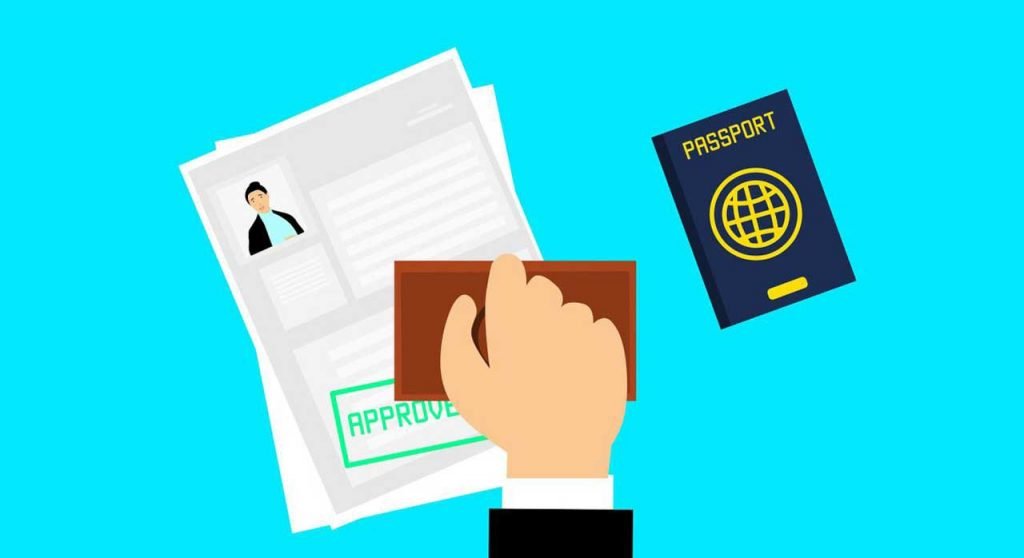Are you planning to consider transferring your business to one of the United States of America (USA) countries? Well, take a look at one of the requirements needed for that situation to happen, the L1 Visa. Gather more information about this thing by reading the article until the end.
What is an L1 Visa?
Before we identify the types of L1 Visa, let us first enlighten our knowledge about L1 Visa. People use the L1 Visa as a document to enter the United States for work purposes. Unlike other visas, L1 Visa is a non-immigrant visa and is valid only for a short amount of time. Holders of this visa are authorized to labor without any restrictions in the US using an L2 Visa.
Two types of L1 visas have different proponents and validity periods. They are discussed in the next part.

Types of L1 Visa
There are two types of L1 Visas that people use. And, L1 Visa allows companies to transfer executives, managers, and specialized employees.
L1-A Visa
It is a type of L1 Visa for managers and executives. The validity period is up to seven years. Transferring to a US office or coming into the US to set up an office within the state may be the reason for application.
L1-B Visa
Unlike L1-A Visa, L1-B Visa validity only lasts for five years. Therefore, it is only intended for employees with specialized knowledge, specifically those who have essential skills or knowledge for specialists.
The employer (petitioning employer) is the one that submits the visa application in either case. For both types of L1 visas, the employee must have worked for the company for one consistent twelve-month period in the past 36 months.
To give you more detailed information, continue reading the following.
Difference between L1-A and L1-B Visas
Aside from the core differences in terms of the people who can apply for it and validation, let us tackle the qualifications needed in each type.
Qualifications for L1-A Visa
For people who are eligible to apply for L1-A Visa, the following confirms the eligibility of your application:
- People who manage an organization, department, subdivision, or component of an organization.
- People who control or supervise the work of other professionals, managers, or supervisors.
- People who manage essential functions or necessities in the organization, department, or subdivision.
- People who have the authority to hire new applicants, fire employees, and recommend promotions of workers.
- People who exercise discretion over daily operations.
Qualifications for L1-B Visa
For people who are eligible to apply for L1-B Visa, the following confirms the eligibility of your application:
- People who possess unique or special knowledge and skills of the organization.
These are the precise requirements for each type of L1 visas. Make sure that the kind of L1-Visa your employer is applying for suits you.
Permanent Residency of L1-A and L1-B Visa
People can also achieve permanent residency by holding an L1 Visa. For L1-A Visa holders, they may file for a Green Card in the EB1 category. They can avoid the Permanent Labor Certification completion and receive the Green Card within one year.
L1-B Visa holders can also apply for permanent residency, but they must also undergo Permanent Labor Certification. The process needs the employer to confirm that no US workers are eligible for the L1-A position. The green card is filed under the EB2 category and may take several years for the applicant to receive it.
Conclusion
L1 Visa is for transferring personnel, mainly executives, managers, and specialized workers, to the United States. L1-A is for executives and managers, while L1-B is for specialists. Applicants or holders of both L1 visas may acquire permanent residency. Ensure to have the proper L1 permit if you are planning to have one. Thank you!

